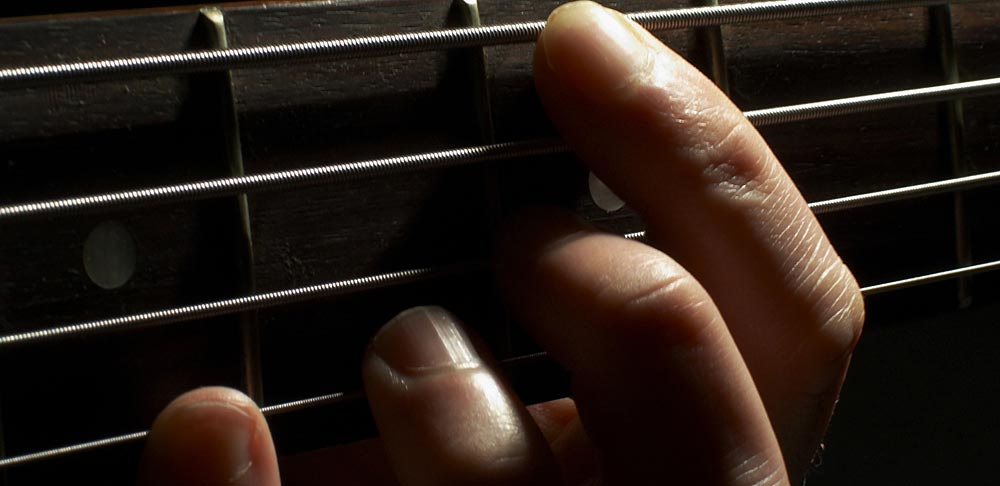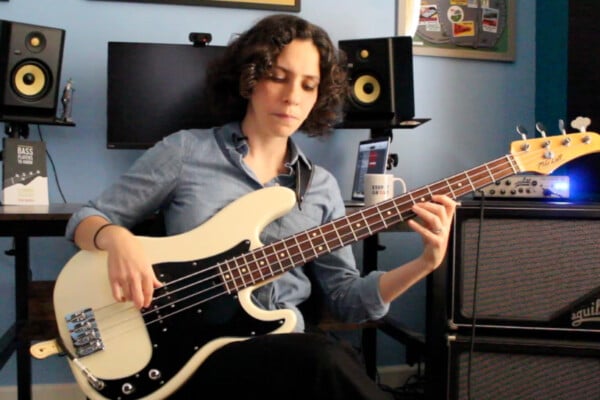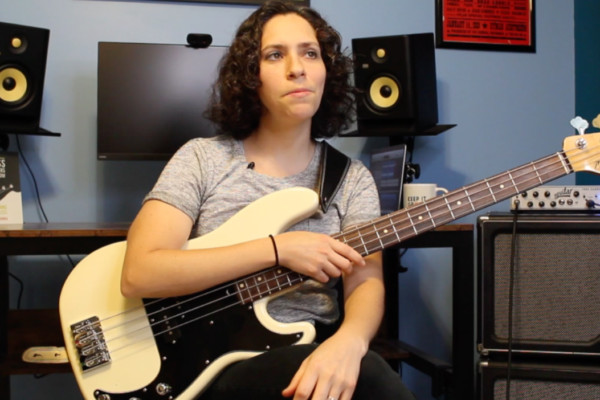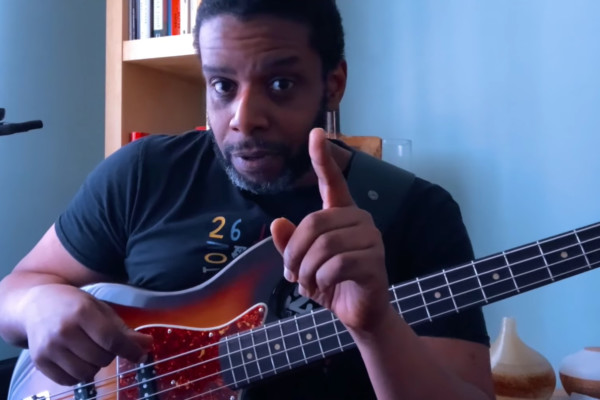Making Arpeggios Musical

Q: I know how to outline chords but how do you play them so they don’t sound mechanical or like an exercise? Any particular patterns that you like when approaching a chord? Thanks bud for all of your hard work!
A: I’ve written quite a bit about playing arpeggios and inversions through changes (using the Real Book or iReal Pro on my iPad). While I’ve always preferred to focus heavily on chord tones initially, at some point we need to include the remaining chord tones. In addition, we need to start changing up our patterns in the shed so we don’t sound too mechanical. We have all likely realized that we play how we practice, so it’s important to get comfortable with concepts but then begin to change up the patterns so that we can use the information in a larger variety of ways.
Once I felt pretty comfortable with my chord tone exercises, I began to explore things in a more linear fashion. Using a wider variety of scalar patterns, using the entire scale (as opposed to just the 1st, 3rd, 5th and 7th) and also exploring playing set intervals through changes as a way to test my ability to recognize available scale tones in real time.
Here’s a chart (PDF) with a few patterns that I’ve used in the shed. One thing we are quickly confronted with when playing a larger variety of patterns through changes is the number of options we have for what scale we want to use. Do you prefer a ?6 or natural 6? Do you prefer a ?11 on Major chords? Do you like a ?2 or natural 2 on -7?5 chords?
I find it helpful to decide ahead of time, what scale I will use for each chord type. If I don’t know what scale to use, I’ll explore my options and decide on what I think sounds best.
For these examples, I’ve repeated a G Major ii-V7-I progression. I chose the A dorian, D mixolydian and G lydian for my scales over this progression (these would be the common choice for jazz musicians when playing this progression).
When trying to get away from playing arpeggios over changes, I keep it pretty simple. These examples start with basic patterns in 2nds. You could perceive this as simply playing a scale over the chord changes.
Keep in mind that we aren’t going for uber-functional bass lines or cool solo ideas here. We are simply forcing ourselves to stick to a scalar pattern over chord changes (and I would practice these ideas over entire songs, not just 3 chords). Whenever I practice, I decide on a tune, a melodic pattern or concept – possibly a rhythmic pattern or concept – and sometimes a specific technical limitation (specific fingering, etc.) This is a great way to develop new exercises for yourself and keep yourself challenged in the shed!
Now, after playing 2nds through the changes, I simply switched to 3rds. This may sound like arpeggios at first, but if you continue through an entire tune, and force yourself to only play 3rds up and down the fretboard, you’ll discover that things quickly get tricky and you’ll find yourself starting a bar on the 6th degree, for example.
After playing 3rds, you could continue with 4ths, etc., but I usually just start to decide on specific scalar patterns which utilize both chord and non-chord tones. I also tend to avoid starting on the root.
These are just a few simple ideas to get you rolling. I would also experiment with licks and melodic ideas, shifting through changes. Take your favorite lick and practice moving it up and down the fretboard, changing the pattern to reflect the chord you are playing over with every chord change.
There are as many ways to play through changes as you can imagine, you just have to get creative. Try to fully examine every aspect of your practice and try to be intentional and conscious of everything you play and why. Take every minor lick you know and try playing it over different types of chords, changing any notes necessary to reflect the current available notes with the new chord type.
I’ve also included a few pages from my book, The Improvisor’s Path in which I give a few more examples of patterns you can play over a major scale. I also explore these patterns over melodic minor and harmonic minor scale.
I’ve written a hand-full of columns here regarding how to develop and decide on chord scales. Here’s one, but I also encourage you to do a little research online and read more about the options available to you.
I hope this helps!
Have a question for Damian Erskine? Send it to [email protected]. Check out Damian’s instructional books, Right Hand Drive and The Improviser’s Path.



